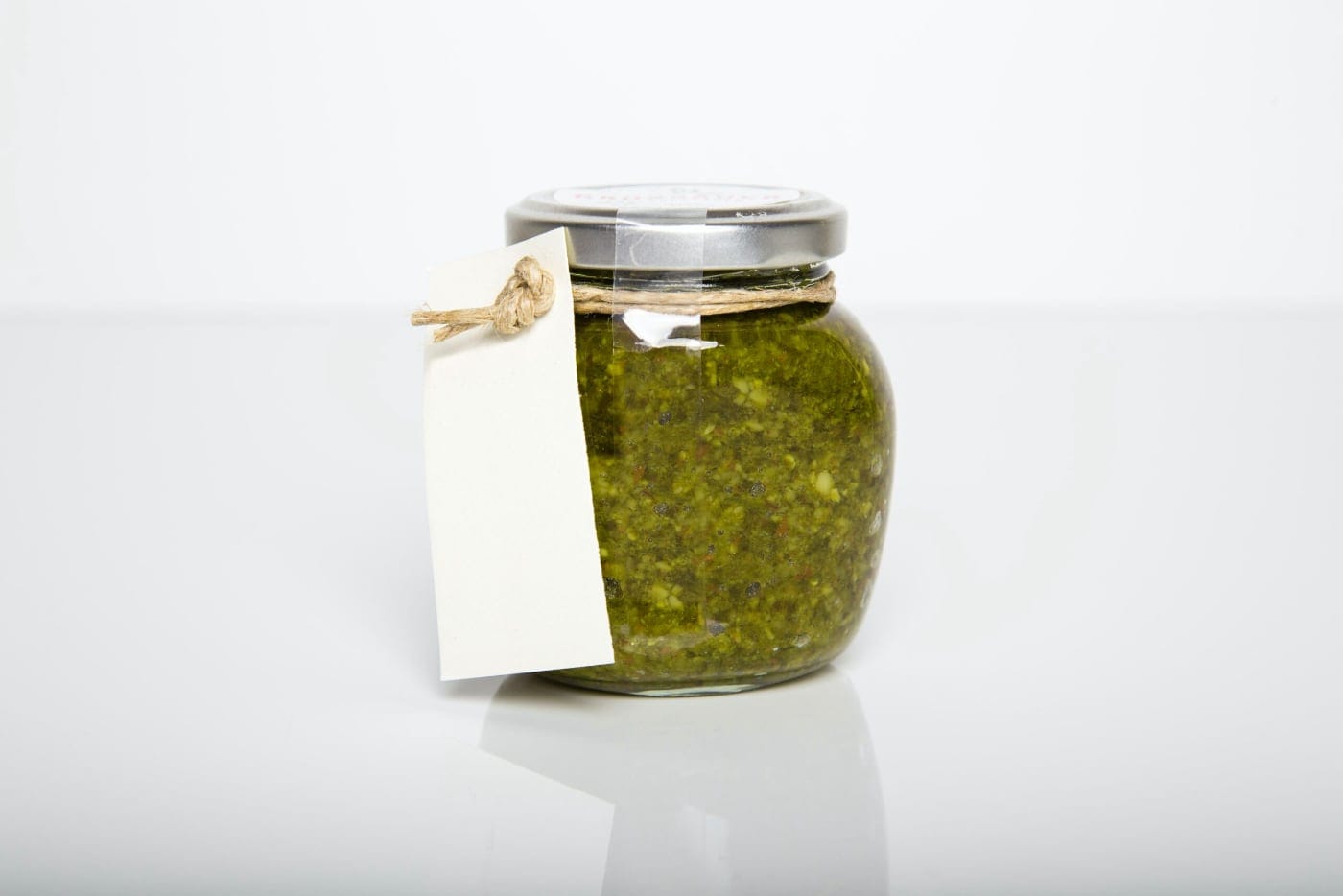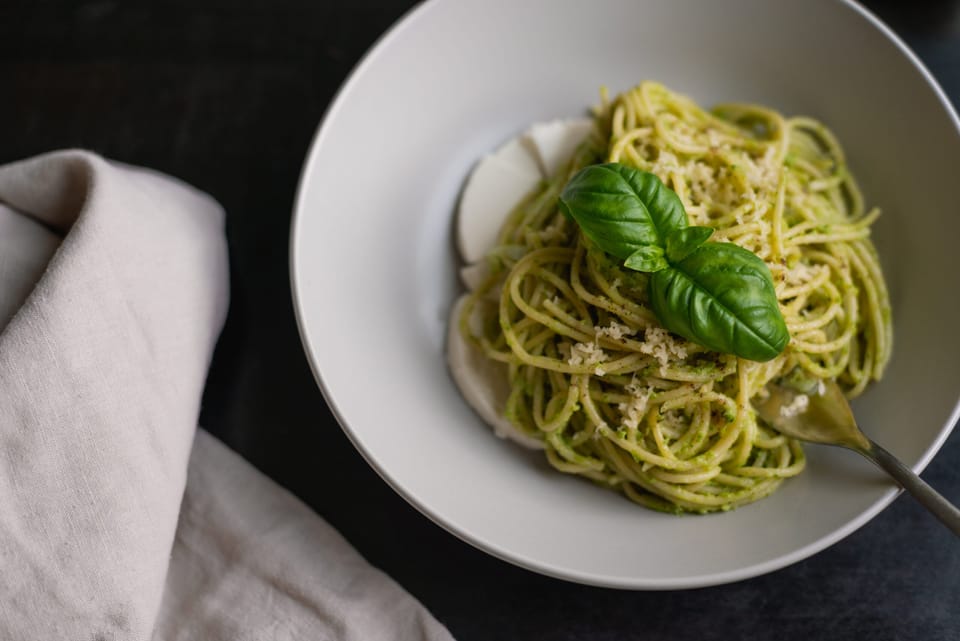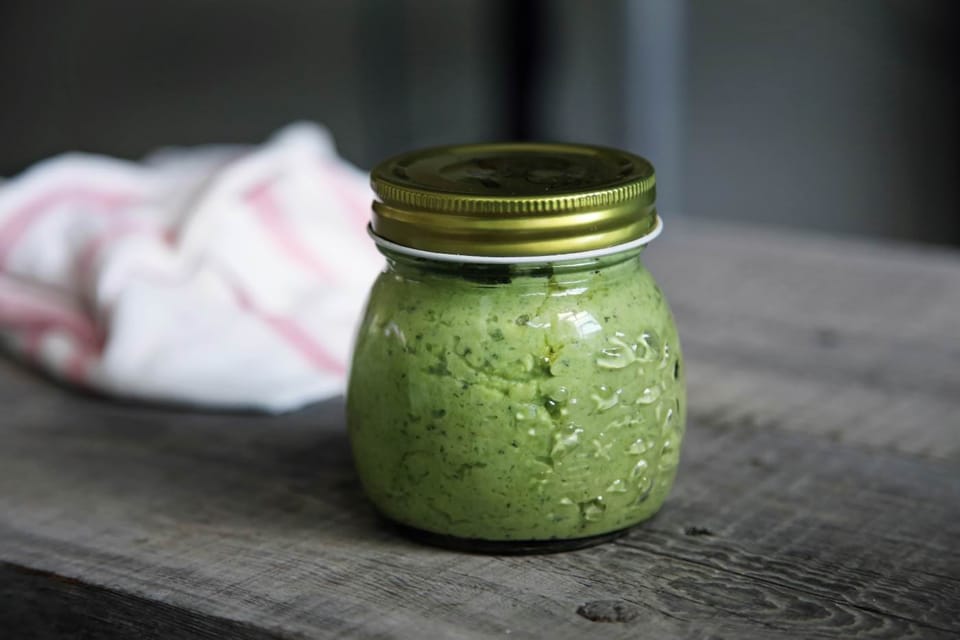Pesto - A sauce with a rich history

The Popularity of Pesto Sauce
Pesto is a green type of pasta sauce originating from Italy. Always popular in any part of the globe, refreshing, versatile, and even with its historical origin, Liguria is a region in northwest Italy, gave birth to pesto. Today it shows its civilizing influence, meaning its presence in countless kitchens globally. But really, what is pesto, and why did it become so big? We are going to show its very origins, how this sauce has changed, and what one can make with pesto.

Pesto Sauce is a sauce made up of fresh basil, garlic, pine nuts, grated Parmesan cheese, and olive oil. Pesto is green and has other ingredients. This food, although modern, emanates from much older sauces eaten by the ancient people. The word "pesto" itself is derived from the Italian verb pestare, which means "to mash" or "crush". This is the old-fashioned method of producing the sauce, where it gets pounded in an earthen mortar.
Pesto originated in Roman times
Pesto originates from Roman times, as sauces were seasoned with herbs, garlic, and vinegar back then. It was in Liguria that pesto first thrived because the climate was most favorable for basil plants to grow. During the Middle Ages, Ligurians started enriching dishes with taste variations such as basil, so pesto came into existence.
Its present form of pesto finally appeared in the 19th century, but similar recipes were in use far earlier. Pasta with pesto was one of the main courses in Liguria; it was often accompanied by potatoes. Cornmeal was combined with the trofie type of pasta. Pesto was even regarded as a medicine, therefore being a significant constituent of the local cuisine.
In the 19th century, pesto began to be known in other regions of Italy and then later in countries such as France and the United States. Pesto was brought to these places by Italian immigrants, and of course, it became part of their cuisine also. It wasn't until the end of the 20th century that pesto spread further and became widely popular.
The Versatility of Pesto
Pesto is really versatile; sauce pasta with it, spread it onto a sandwich or pizza crust, or use it to marinate meats and vegetables. You can do so many things with it, actually. In the lockdown, chefs and home cooks tried various versions of the recipe using other nuts or cheese. Others have replaced basil with arugula, spinach, or kale, and new versions were created from it.
Pesto is flexible; it easily adopts whatever ingredients one has on hand. The most insipid of meats becomes a treat with pesto. It could give zest to almost any food. Hence, pesto itself has become common worldwide once added to a variety of recipes.
A Part of Italian Food Culture
Pesto is the pride of Italian culture and pride of its regions, after all. A signature Ligurian flavor, it carries within its body the agricultural DNA and terroir of Genoa. This variety attracts global chefs to Genoa as part of the Pesto World Championship for creating the best rendition of pasta with pesto sauce, which only goes to show that indeed, a good thing happens when you make pesto with fresh, high-quality ingredients.
Pesto Making
Some even say the traditional way with mortar and pestle gives a better taste to the pesto, instead of using modern ways. When you do the grinding of basil and other elements manually, you release more flavors compared to using any machine or food processor. These give you a very smooth taste for the sauce. While food processors have become common nowadays, pesto using mortar and pestle remains dear in Liguria.
People are getting back into their roots and are interested in making Italian food at home. Pesto is one such important Italian food that is getting popular as a major part of this recent trend. Specialty food stores are selling jarred pesto, and many chefs are making their own by hand, offering up a truer taste.
Preparing it at Home
It's easy and satisfying
The process of making pesto at home is easy and quite satisfying, really. All that one needs is fresh basil, pine nuts, garlic, Parmesan cheese, and olive oil. For a spicier pesto, add in more garlic. For a creamier one, increase the amount of cheese. For one that is thicker and full of flavor, the traditional method using a mortar and pestle will suffice.
Pesto is more than a sauce; it's a symbol that says much about Italian eating. Its versatility allows it to fit into many dishes, thus showing the power of simple ingredients. It will be rather easy for the lovers of pasta to include it in their cookery since this is highly packed with real Italian flavor.

